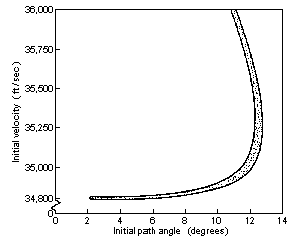 The position angle refers to the relative measurement of the secondary object from the primary one on the same celestial sphere, often used to measure and observe binary or double stars. The position angle is measured in degrees in a counter clockwise direction starting from the north celestial pole. It is usually abbreviated to PA.
The position angle refers to the relative measurement of the secondary object from the primary one on the same celestial sphere, often used to measure and observe binary or double stars. The position angle is measured in degrees in a counter clockwise direction starting from the north celestial pole. It is usually abbreviated to PA.
When drafting visual binary orbits, the line that indicates the north celestial pole (NCP) is usually drawn downward, placing north at the bottom of the draft. The PA can then be measured by going counterclockwise from this point to any number in a range of 0 to 359 degrees.
A position angle can also refer to the proper motion angle. This is the observable movement of a star on the celestial sphere perpendicular to an observer’s line of sight. This component of spatial motion of a celestial body is measure in seconds of arc per year and is dependent on the actual relative movements of both the sun and the star. It refers to transverse motion only and has nothing to do with motion that goes toward or away from the sun. The naked eye can see an average of 0.1” of proper motion of stars per annum.
The term position angle is also extended and applied to other astronomical objects like comets and galaxies. Used in this manner, the term position angle may refer to the angle formed by the major axis of a particular object in relation to its north celestial pole (NCP) line.
